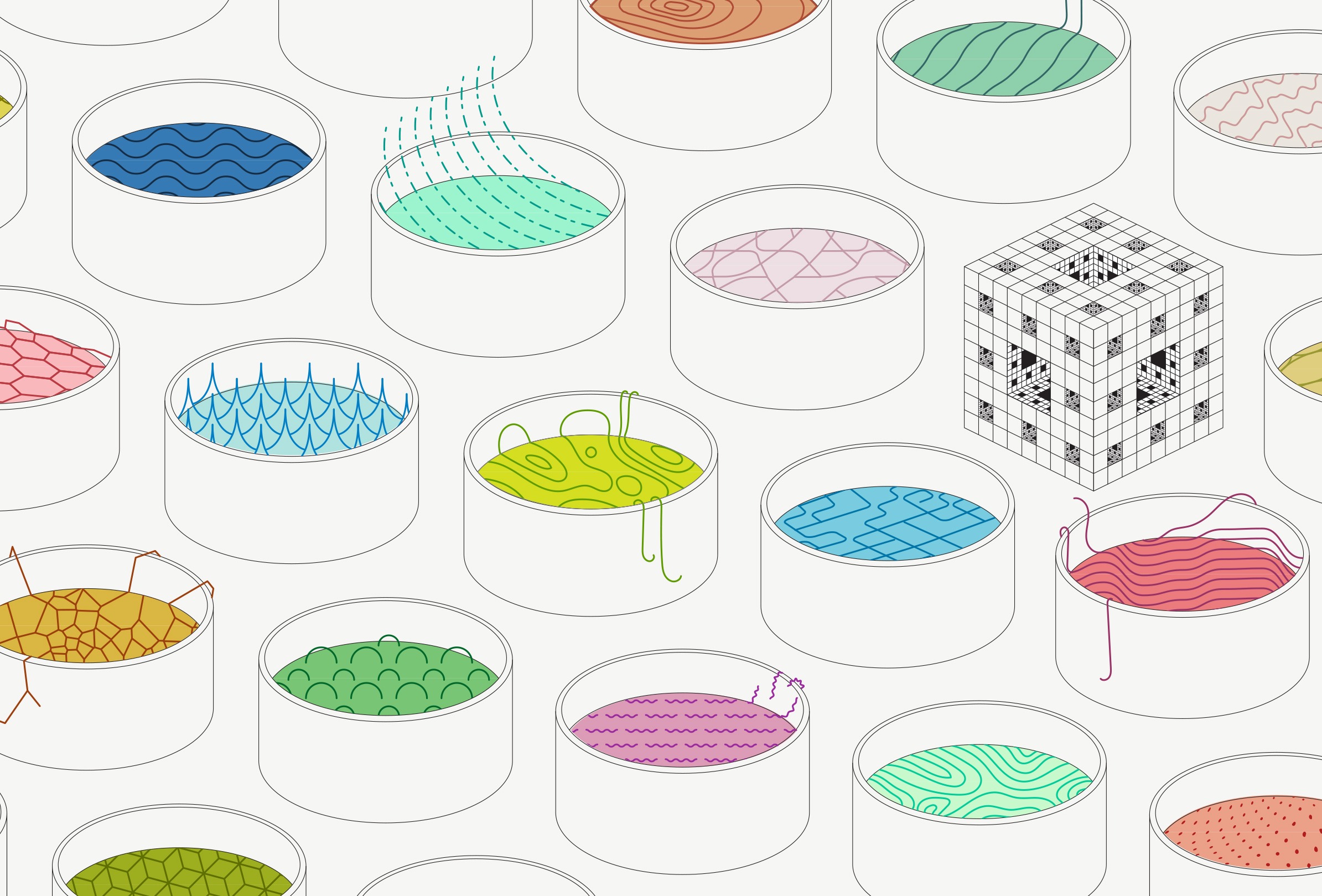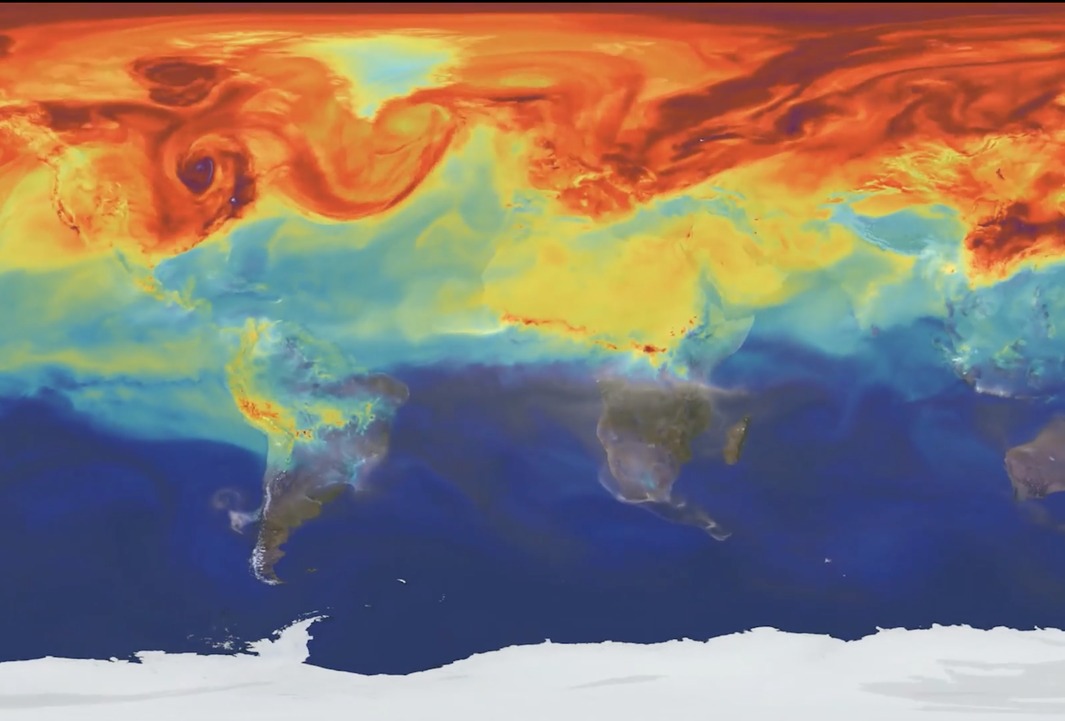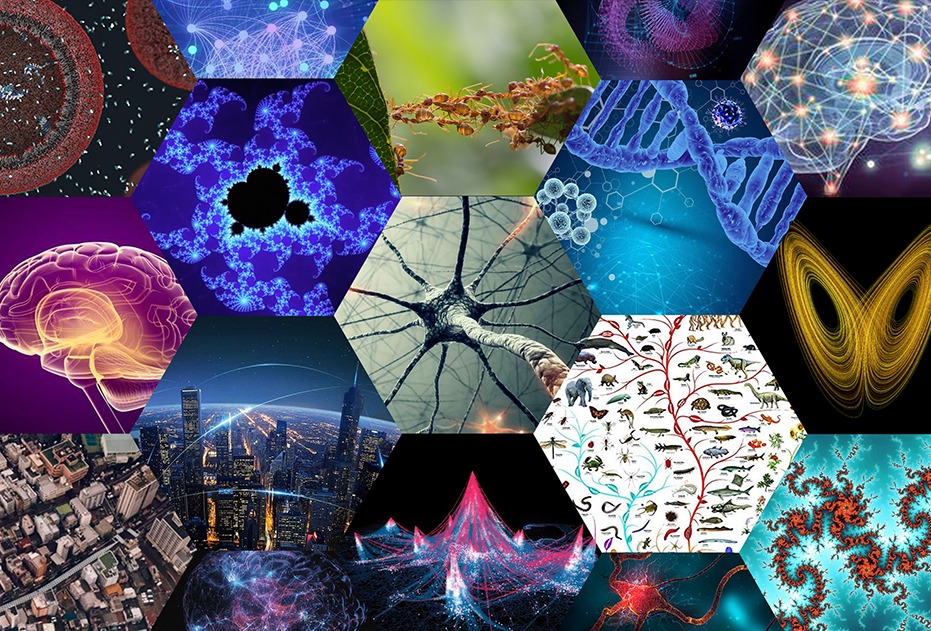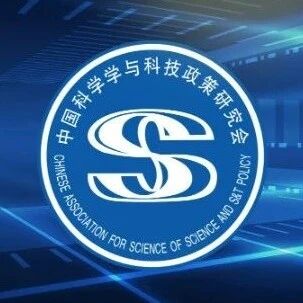2017年人工智能与深度学习-年度大事件
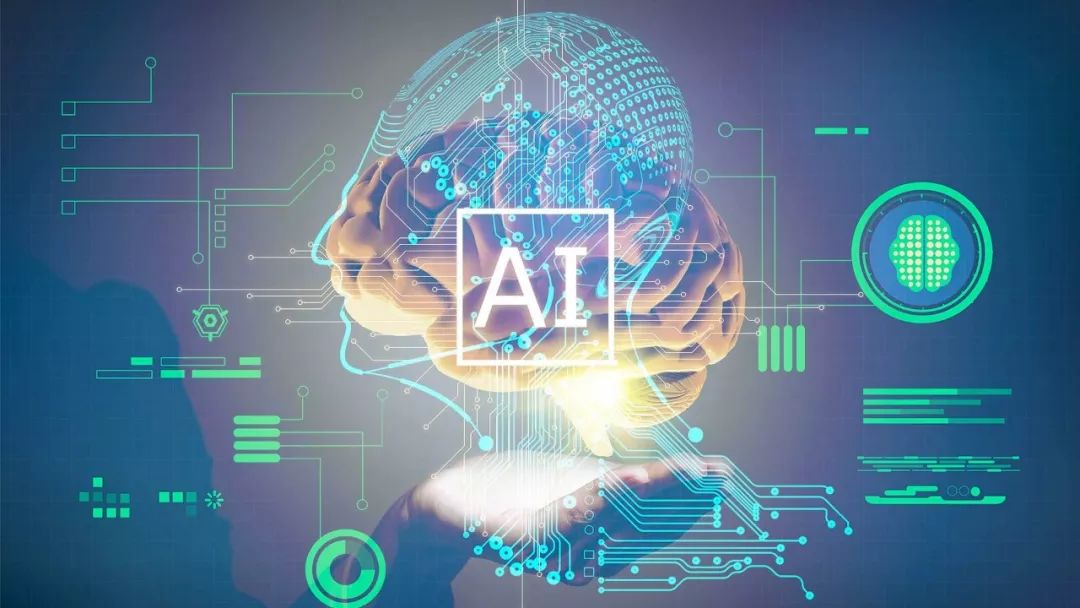
2017即将结束。我写的东西远不及我计划的那么多。但是我希望明年能改变这种状况,希望有更多关于强化学习、进化算法和贝叶斯方法的教程将会出现在 WildML!以总结2017年所发生的事情作为新的开始,还有比这更好的方法吗?所以我回顾了我的 Twitter 历史和 WildML , 为大家总结为如下的几个热点主题和事件。
本文翻译自DENNY BRITZ的 WildML中的一篇文章AI and Deep Learning in 2017 – A Year in Review 。
强化学习在游戏中战胜人类
2017年人工智能最成功的故事是 AlphaGo——一个击败了人类顶级围棋棋手的强化学习智能体。由于围棋游戏的搜索空间极大,人们曾经认为机器学习技术在多年内都无法下好围棋。而现在的 AlphaGo 所向披靡,真是让人惊喜!
第一版的 AlphaGo 利用人类棋手的棋谱数据训练, 并通过自我对弈和蒙特卡洛树搜索的方法得到进一步改进。不久之后,名为“AlphaGo Zero”的新版本有了进一步突破, 学会了从零开始,不用任何人类棋谱数据,仅仅靠自我对弈就学会了围棋,并且轻而易举地击败了 AlphaGo 的第一个版本。到2017年年底,AlphaGo Zero 算法拓展成为 Alpha Zero,不仅能掌握围棋,还能使用相同技术掌握国际象棋和日本将棋。有趣的是,这些程序的棋路甚至能让最有经验的人类棋手感到惊讶,这激励着棋手们从 AlphaGo 那里学习并调整自己的下棋风格。DeepMind 还发布了一款在线工具,用 AlphaGo 技术帮助人类棋手探索围棋新玩法。

但围棋不是我们取得重大进步的唯一游戏。卡耐基梅隆大学(CMU)的研究人员开发了一个名为 LIbratus 的人工智能系统,在为期20天的一对一、无限注德州扑克(Heads-up, No-Limit Texas Hold’em)人机对战中,击败了人类顶级扑克玩家。更早之前,由布拉格大学、捷克理工大学和加拿大阿尔伯塔大学的研究人员开发的 DeepStack 系统,第一次击败人类职业扑克玩家。这两个人工智能系统都使用一对一的玩法,是两个玩家之间的游戏,这远远比多人参与的扑克游戏容易。后者很可能在2018年取得更多进展。
强化学习的下一个前沿应用可能是更为复杂的多人游戏,包括多人扑克等。DeepMind 正在积极研究让 AI 学会玩星际争霸2,为此它们发布了一个研究环境;OpenAI 在1v1的 Dota2游戏中已经取得初步成果,它们目标是让 AI 在不远的将来可以玩5v5的 Dota2。
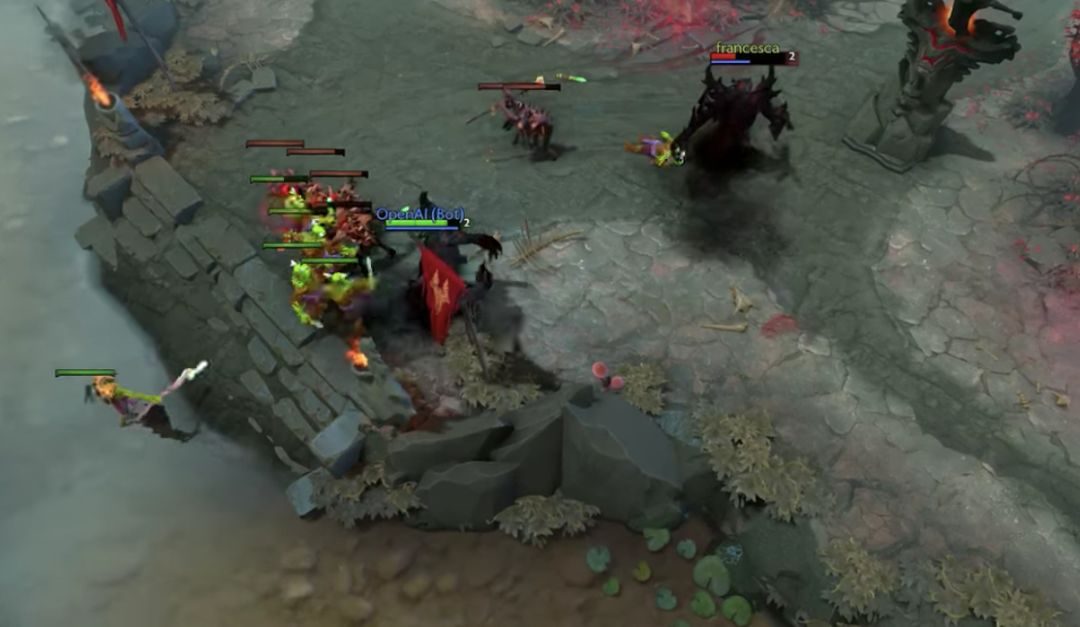
进化算法卷土重来
在监督学习中,基于梯度的反向传播算法表现很好,这一点短期内不会变化。然而在强化学习中,进化策略(Evolution Strategies,ES)正卷土重来。原因是,强化学习的数据通常不是独立且分布相同的;这些数据的信号误差更小;而且因为需要探索其规律,不依赖梯度的算法也可以很好工作。此外,进化算法可以线性拓展至成千上万的机器,进行极快的并行训练。只需要成百上千的廉价 CPU 即可训练,而无需昂贵的GPU。
2017年早些时候,OpenAI 的研究人员证明,进化策略可以达到与深度 Q-learning 等标准强化学习算法相媲美的效果。到2017年年底,Uber 的研究团队发布了一篇博客和五篇研究论文,展示了对遗传算法(Genetic Algorithm,GA)的最新研究。他们使用的遗传算法极其简单,无需任何梯度信息,就学会了玩复杂的电子游戏。在 Frostbite 这款游戏中,遗传算法的得分是10500,而 DQN、AC3和 ES 的得分均不到1000。

2018年,我们极有可能看到更多在进化算法方面的工作进展。
Wavenets,CNNs 和注意力机制
2017年,Google Tacotron 2语音合成系统生成的音频令人印象深刻。它基于 WaveNet 语音合成技术,这项技术也应用于 Google 助手。WaveNet 的速度在过去一年获得巨大提升。此前,WaveNet 也曾被应用于机器翻译,以提高循环神经网络架构的训练速度。
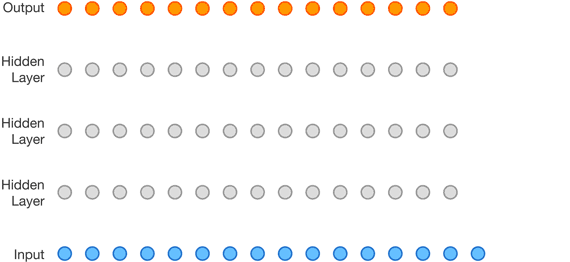
2017年,在机器学习领域,远离需长时间训练的、昂贵的循环架构似乎是大势所趋。“Attention 就是你需要的全部”,研究人员可以完全摆脱循环或卷积的架构,使用更复杂的注意力机制,以最低的成本实现最好的结果。
深度学习框架年
如果简要总结2017年,那么可以说这是“深度学习框架年”。Facebook 借助深度学习框架 PyTorch,成为搅局者。由于其动态计算图的结构和 Chainer 框架的相似,PyTorch 深受 NLP 研究人员的喜爱,因为他们经常要处理动态和循环的结构,而这些结构很难在 TensorFlow 之类的静态图框架中展示。
2017年,TensorFlow 框架运行得相当好。2017年2月,具有稳定和后向兼容 API 的 TensorFlow 1.0发布。目前 TensorFlow 的版本是1.4.1。在主库之外,Google 还发布了几个 TensorFlow 的伴侣库,包括可以生成动态计算图的 Tensorflow Fold、方便数据预处理的 TensorFlow Transform,以及 DeepMind 的 Higher-Level Sonnet。TensorFlow 团队还公布了一种类似于 PyTorch 动态计算图的 eager execution 模式。当然,这一年除了 Google 和 Facebook,许多其他公司也加入了机器学习框架的搭建:
-
苹果公司发布 CoreML 2. CoreML 移动机器学习库
-
Uber 的研究团队发布了一种深度概率编程语言 Pyro
-
Amazon 推出 Gluon , 一个可以在 MXNet 中使用的高级 API
-
Uber 公布了其内部使用的机器学习基础平台 Michelangelo 的详细信息
由于现有深度学习框架已经很多,Facebook、微软联合推出 ONNX 标准,用于跨平台分享深度学习模型。比如你可以在一个框架中训练你的模型,然后在让该模型在另一个框架中工作。
除了通用的深度学习框架,我们还看到大量强化学习框架,其中包括:
-
OpenAI,一个用于机器人模拟的开源软件
-
OpenAI Baselines,一组高质量的强化学习算法实现
-
Tensorflow Agents,一个框架,可以使用 Tensorflow 对 RL agent 进行优化
-
Unity ML Agents,允许研究者和开发者使用 Unity 编辑器创建游戏和模拟使用, 并用强化学习来训练
-
Nervana Coach,允许使用最先进的强化学习算法进行实验
-
Facebook’s ELF Facebook,一个游戏 AI 研究平台
-
DeepMind Pycolab,一个可定制的 gridworld 游戏引擎
-
Geek.ai MAgent,一个游戏 AI 研究平台,用于多主体(many-agent)游戏的强化学习
我们还看到一些为了让深度学习更易用的 web 框架, 比如 Google 的 deeplearn.js 和 MIL WebDNN 执行框架。但至少有一个曾经非常受欢迎的框架已经停止维护,那就是 Theano。开发者在 Theano 邮件列表的公告中宣布,Theano 1.0将是最后一个版本。
应用: 人工智能和医疗
2017年,看到许多类似“深度学习技术解决医学问题,击败人类专家”的炒作。对于没有医疗背景的人,要了解 AI 在医疗领域真正的技术突破绝非易事。想对此有全面了解,推荐阅读 Luke Oakden-Ranyner 的《人类医生的终结》系列文章(https://lukeoakdenrayner.wordpress.com/2017/04/20/the-end-of-human-doctors-introduction/)。这里我仅简要介绍一些进展:
今年医疗领域最热门的新闻是斯坦福大学的一个研究团队发布的深度学习算法,这个算法可以帮皮肤科医生识别皮肤癌。斯坦福大学的另一个研究小组开发了一种可以诊断心律不齐的模型,可以比心脏病专家更好地从单导联心电图信号中诊断出心律失常。
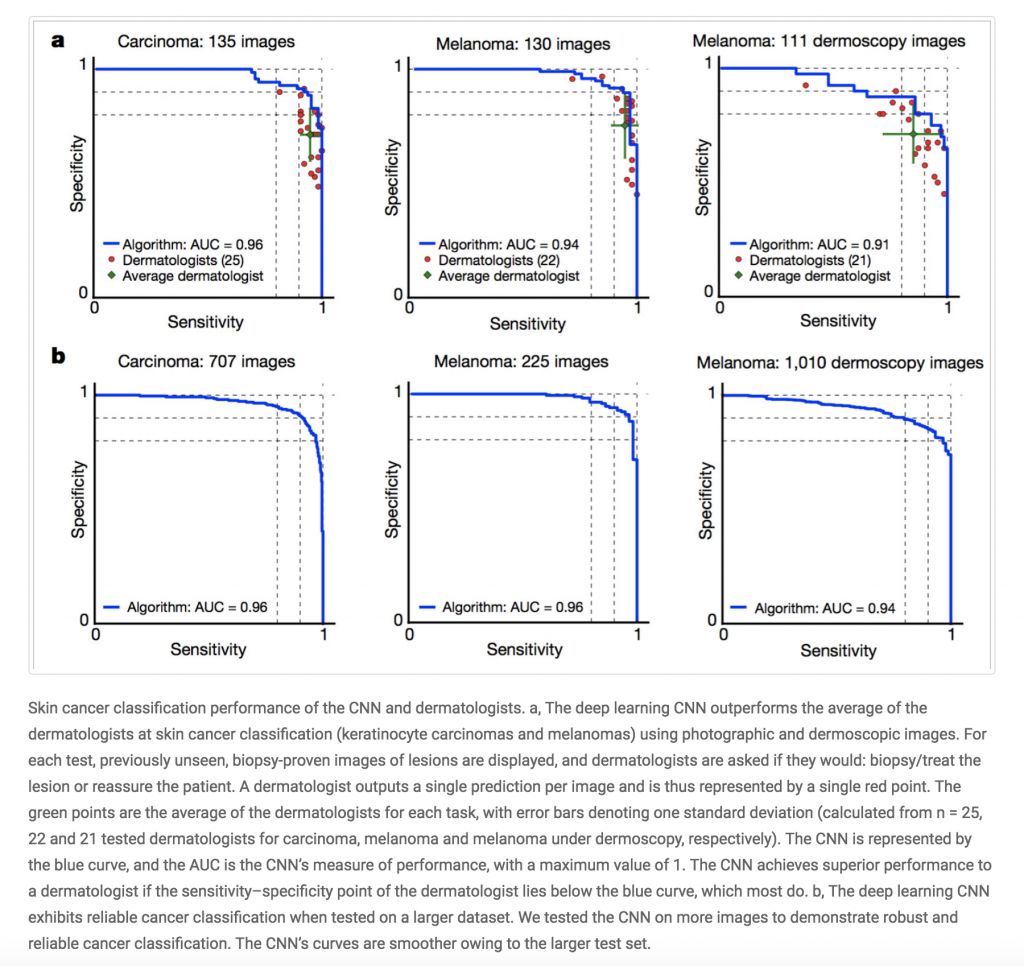
但是今年并非没有遗憾。 Deepmind 与英国 NHS 的数据共享协议充满了“不可原谅的”错误。美国国家卫生研究院向科学界公布了一个胸部 x 射线数据集, 但更细致的研究发现,它并不真正适合训练用于疾病诊断的 AI 模型。
应用:Art & GANs
今年开始越来越受关注的应用还有图片、音乐、绘画和视频的生成模型。 2017年的 NIPS 会议首次举办了机器学习创造力与设计研讨会(Machine Learning for Creativity and Design workshop)。
这类应用程序中最流行的是 Google 的 QuickDraw,它使用一个神经网络来识别你的涂鸦是什么。使用公开数据集,你甚至可以让机器为你画画。
生成式对抗网络(GANs)今年取得了重大进展。例如,CycleGAN、DiscoGAN 和 StarGAN 等在人脸模型方面取得了令人瞩目的成果。传统上,GANs 很难生成真实的高分辨率图像,但 pix2pixHD 令人印象深刻的结果表明,我们正在解决这些问题。所以 GANs 会成为新的画笔吗?
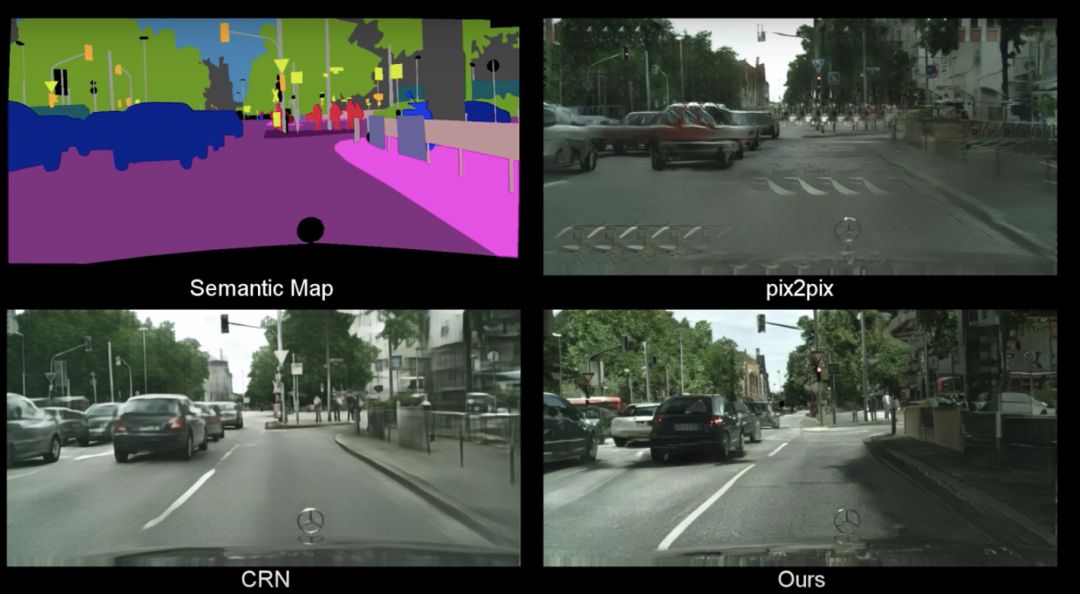
应用: 自动驾驶汽车
自动驾驶汽车的大玩家是共享汽车公司 Uber 和 Lyft,以及 Alphabet 的 Waymo 和 Tesla。Uber 在今年年初遭遇一些挫折,他们的自动驾驶汽车在旧金山闯了几次红灯,原因是软件错误,而非之前报道所说的人为失误。事后 Uber 分享了其内部使用的汽车可视化平台的详细信息。到12月,Uber 的自动驾驶汽车项目已经达到了200万英里的里程。
与此同时,Waymo 的自动驾驶汽车在四月开始了人类驾驶员的第一次试行,后来在亚利桑那州的凤凰城试行时,则完全没有了人类驾驶员。Waymo 还公布了他们的测试和模拟技术的细节。
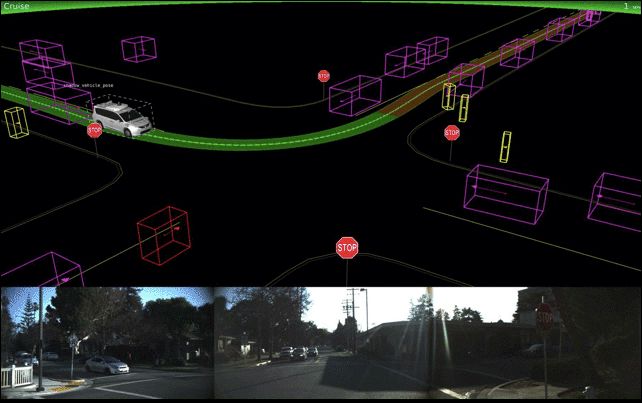
Lyft 宣布正在开发自动驾驶的硬件和软件,它在波士顿的第一个试验点已经启用。特斯拉的 Autpilot 没有看到太多的更新,但是这个领域又加入了一个新人:Apple。蒂姆•库克(Tim Cook)证实,Apple 公司正致力于开发自动驾驶汽车的软件,Apple 的研究人员已经在 arXiv 发表了一篇关于与地图相关的论文。
深度学习、可重复性和炼金术
在过去一整年,一些研究人员对学术论文结果的可重复性提出了担忧。深度学习模型通常依赖大量的超参数,必须优化这些参数,才能获得足够好的结果并发表。这种参数优化的成本可能越来越高,以至于只有 Google 和 Facebook 这样的公司才能负担得起。研究人员并不总会公开他们的代码,有时他们会忘记把重要的细节写进论文,或者使用略微不同的评估步骤,或者通过在同一个分裂点上反复优化超参数来适应数据集,从而出现过拟合,这些使得可重复性成为一个大问题。在强化学习研究中,研究人员发现同样的算法从不同的代码库中获得的结果大不相同,而且差异很大:
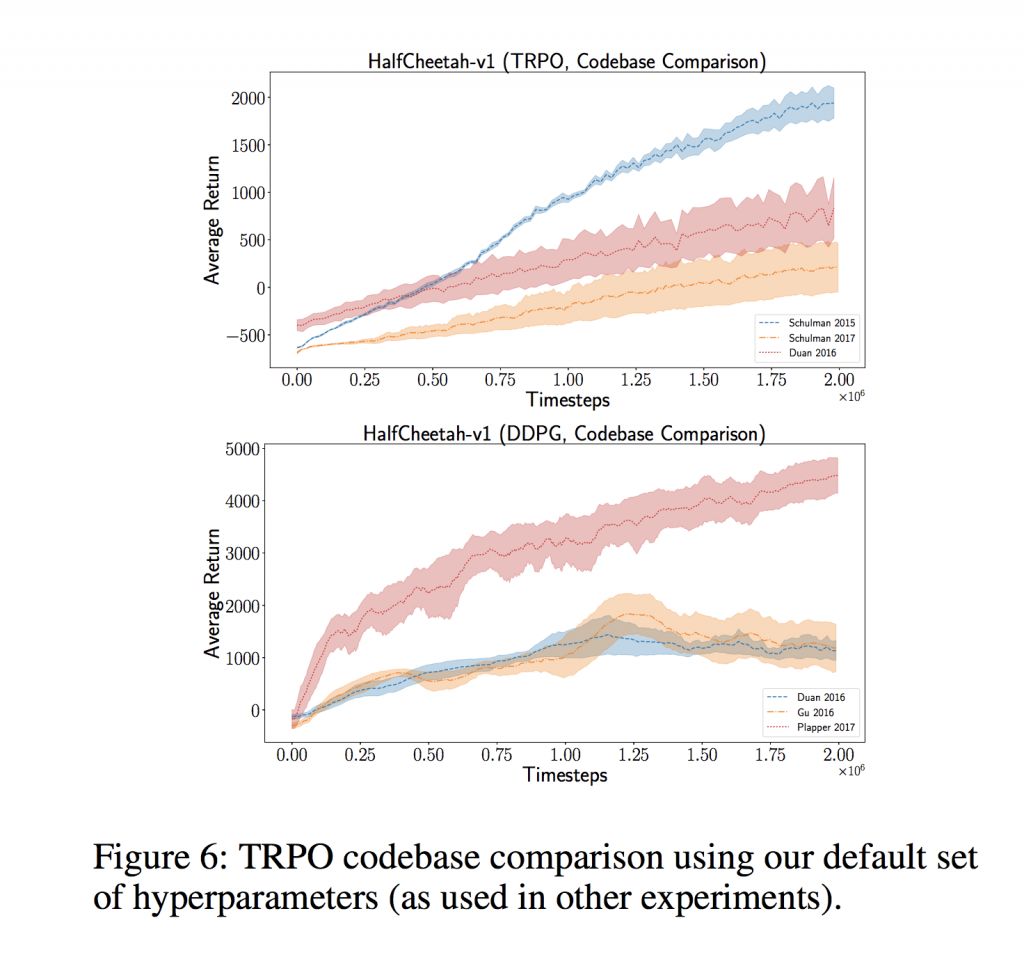
在《GANs 是否造成了不公?一项大型研究》(Are GANs Created Equal? A Large-Scale Study)一文中,研究人员发现调整良好的 GAN 如果使用昂贵的超参数搜索,就可以击败那些自称最优的更复杂的方法。同样, 在《神经语言模型评价的现状》(On the State of the Art of Evaluation in Neural Language Models)一文中,研究人员表示,简单的 LSTM 架构,如果经过适当的规范和调整, 也可以胜过最新的模型。
在一次 NIPS 演讲中,Ali Rahimi 把最近深度学习方法和中世纪的炼金术做了比较,呼吁更严格的实验设计,引起研究人员的广泛共鸣。Yann LeCun 第二天立即作出回应,认为这是对研究者的冒犯。
加拿大和中国的人工智能
随着美国移民政策的收紧,对国际人才需求很大的科技公司正越来越多地在海外开设办公室,加拿大是首选目的地。Google 在多伦多开了一间新的办公室,DeepMind 在加拿大的埃德蒙顿也开了一间新办公室,Facebook AI 研究院也在向加拿大蒙特利尔扩张。
中国是另一个受到广泛关注的目的地。由于中国拥有大量资金、庞大的人才库以及随时可以获得的政府数据,在人工智能开发和生产部署方面,它已经与美国展开了正面竞争。Google 还宣布不久将在北京开设一个新的实验室。
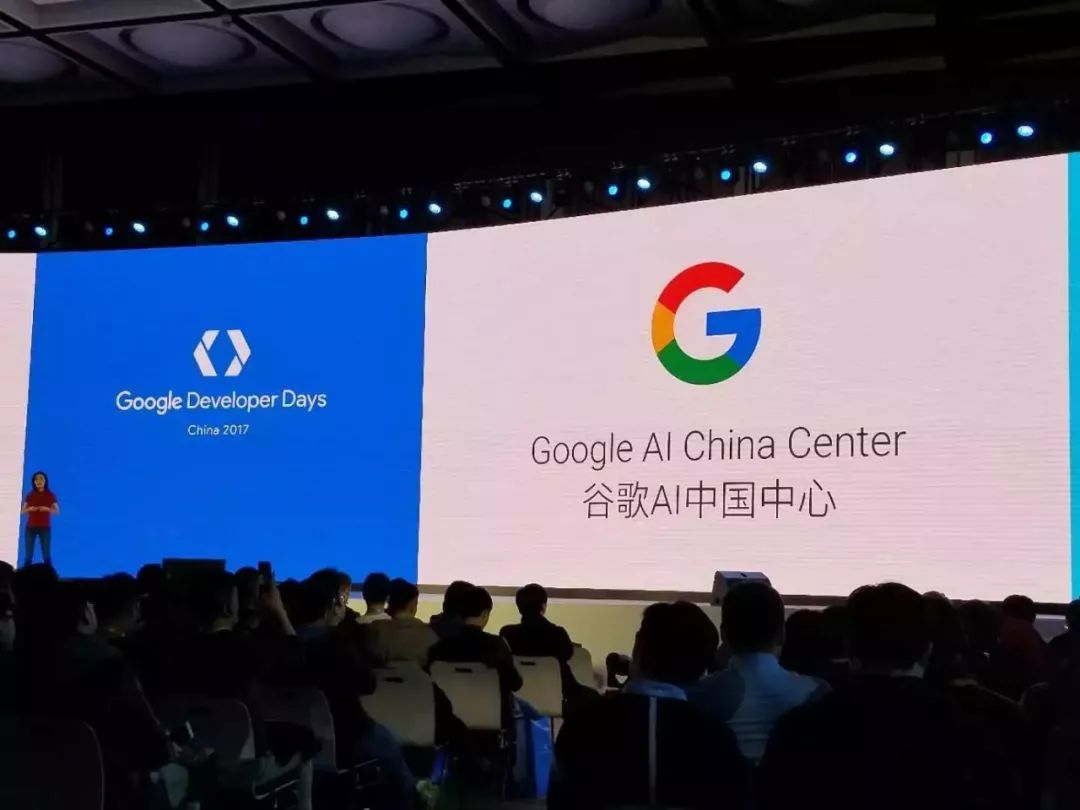
硬件战争:Nvidia,Intel,Google,Tesla
众所周知,现代深度学习技术需要昂贵的 GPU 来训练最先进的模型。截至目前,NVIDIA 是最大赢家。今年,它公布了泰坦5号旗舰 GPU。顺便说一句, 它是金色的。
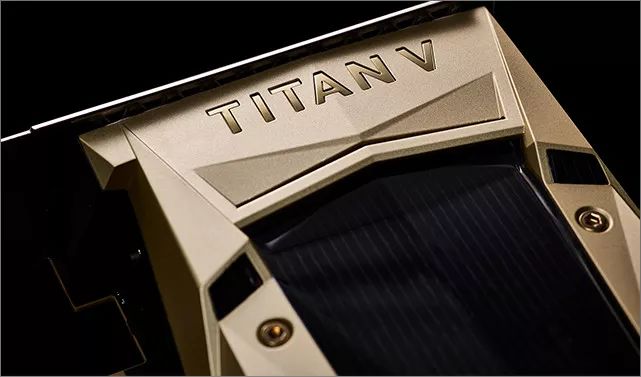
但竞争正在加剧。Google 的 TPUs 现在可以在其云平台上使用,英特尔下属 Nervana 公司推出了一套新的芯片, 甚至 Tesla 也承认它正在开发自己的人工智能硬件。竞争也可能来自中国,那里专门从事比特币采矿的硬件制造商,也希望进入 GPU 领域。
炒作和失败
过度炒作要担责。主流媒体的报道几乎从不符合实验室或工业界的实际情况。 IBM Watson 就是一个过度营销的典型代表。2017年,每个人都讨厌 IBM Watson,这并不奇怪,因为它被宣传得很厉害,但在医疗方面却屡次失败。
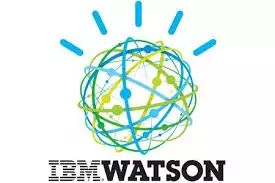
最引人注目的可能是 Facebook 的“研究人员关闭了发明自己语言的人工智能”这件事,我并不了解媒体这样报道的真实意图是什么。但它已经造成很大的负面影响,你甚至可以在 Google 上搜索到相关报道。当然了,这个标题与事实相去甚远。实际情况只是研究者停止了一项结果不理想的实验。
但是,对炒作负有责任的不仅仅是媒体。确实也有一部分研究者突破了底线,在论文中使用不能反映实际实验结果的标题和摘要,比如这篇自然语言研究论文(https://medium.com/@yoav.goldberg/an-adversarial-review-of-adversarial-generation-of-natural-language-409ac3378bd7),和这篇机器学习研究论文(http://zacharydavid.com/2017/08/06/fitting-to-noise-or-nothing-at-all-machine-learning-in-markets/)。
知名的聘任和离职
Coursera 的联合创始人 Andrew Ng(吴恩达)今年多次出现在新闻报道中,他因为机器学习 MOOC 课程视频而出名。今年3月,Andrew Ng 离开了由自己担任 AI 团队领导者的百度公司,筹集1.5亿美元资金,成立了名为 landing.AI 的创业公司,专注于制造业。其他这类新闻还有:Gary Marcus 辞去了 Uber 人工智能实验室的主管职务,Facebook 雇佣了 Siri 的自然语言理解主管,几位杰出的研究人员离开了 OpenAI,开办了一家新的机器人公司。

学术界流失科学家的趋势也在继续。大学实验室纷纷抱怨:他们能为 AI 人才提供的薪水,无法与工业巨头竞争。
以下为英文原文,点击阅读原文也可查看。
AI and Deep Learning in 2017 – A Year in Review
The year is coming to an end. I did not write nearly as much as I had planned to. But I’m hoping to change that next year, with more tutorials around Reinforcement Learning, Evolution, and Bayesian Methods coming to WildML! And what better way to start than with a summary of all the amazing things that happened in 2017? Looking back through my Twitter history and the WildML newsletter, the following topics repeatedly came up. I’ll inevitably miss some important milestones, so please let me know about it in the comments!
Reinforcement Learning beats humans at their own games
The biggest success story of the year was probably AlphaGo (Nature paper), a Reinforcement Learning agent that beat the world’s best Go players. Due to its extremely large search space, Go was thought to be out of reach of Machine Learning techniques for a couple more years. What a nice surprise!
The first version of AlphaGo was bootstrapped using training data from human experts and further improved through self-play and an adaptation of Monte-Carlo Tree Search. Soon after, AlphaGo Zero (Nature Paper) took it a step further and learned to play Go from scratch, without human training data whatsoever, using a technique simultaneously published in the Thinking Fast and Slow with Deep Learning and Tree Search paper. It also handily beat the first version of AlphaGo. Towards the end of the year, we saw yet another generalization of the AlphaGo Zero algorithm, called AlphaZero, which not only mastered Go, but also Chess and Shogi, using the exact same techniques. Interestingly, these programs made moves that surprised even the most experienced Go players, motivating players to learn from AlphaGo and adjusting their own play style accordingly. To make this easier, DeepMind also released an AlphaGo Teach tool.
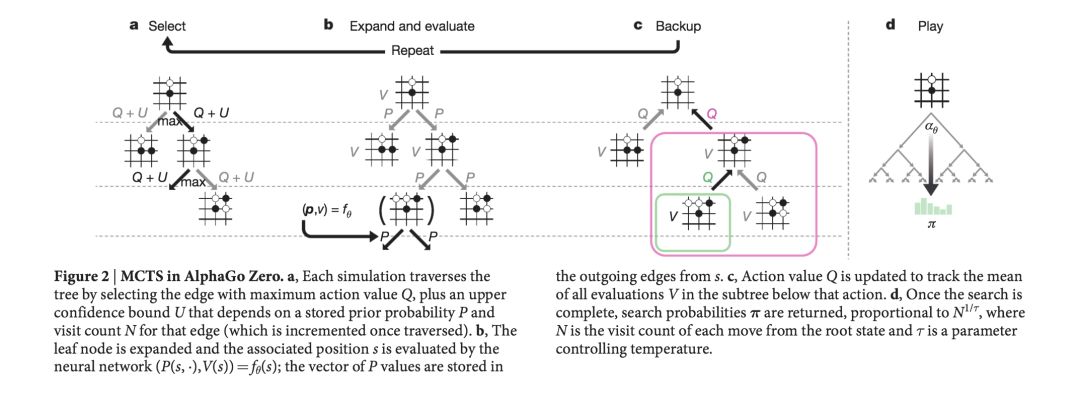 But Go wasn’t the only game where we made significant progress. Libratus (Science paper), a system developed by researchers from CMU, managed to beat top Poker players in a 20-day Heads-up, No-Limit Texas Hold’em tournament. A little earlier, DeepStack, a system developed by researchers from Charles University, The Czech Technical University, and the University of Alberta, became the first to beat professional poker players. Note that both of these systems played Heads-up poker, which is played between two players and a significantly easier problem than playing at a table of multiple players. The latter will most likely see additional progress in 2018.
But Go wasn’t the only game where we made significant progress. Libratus (Science paper), a system developed by researchers from CMU, managed to beat top Poker players in a 20-day Heads-up, No-Limit Texas Hold’em tournament. A little earlier, DeepStack, a system developed by researchers from Charles University, The Czech Technical University, and the University of Alberta, became the first to beat professional poker players. Note that both of these systems played Heads-up poker, which is played between two players and a significantly easier problem than playing at a table of multiple players. The latter will most likely see additional progress in 2018.
The next frontiers for Reinforcement Learning seem to be more complex multi-player games, including multi-player Poker. DeepMind is actively working on Starcraft 2, releasing a research environment, and OpenAI demonstrated initial success in 1v1 Dota 2, with the goal of competing in the the full 5v5 game in the near future.
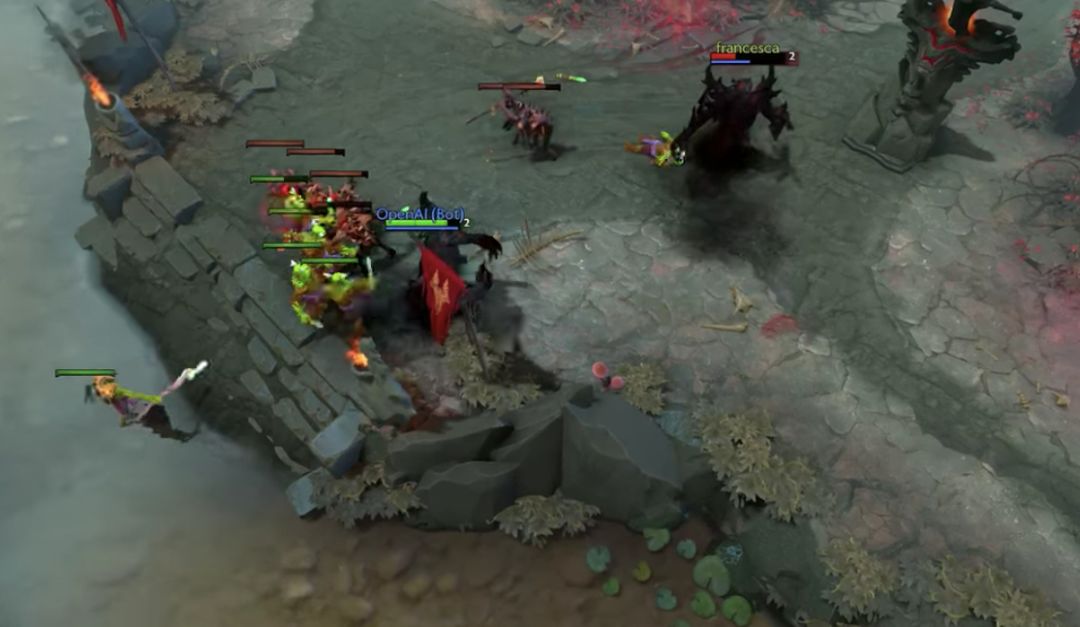
For supervised learning, gradient-based approaches using the back-propagation algorithm have been working extremely well. And that isn’t likely to change anytime soon. However, in Reinforcement Learning, Evolution Strategies (ES) seem to be making a comeback. Because the data typically is not iid (independent and identically distributed), error signals are sparser, and because there is a need for exploration, algorithms that do not rely on gradients can work quite well. In addition, evolutionary algorithms can scale linearly to thousands of machines enabling extremely fast parallel training. They do not require expensive GPUs, but can be trained on a large number (typically hundreds to thousands) of cheap CPUs.
Earlier in the year, researchers from OpenAI demonstrated that Evolution Strategies can achieve performance comparable to standard Reinforcement Learning algorithms such as Deep Q-Learning. Towards the end of the year, a team from Uber released a blog post and a set of five research papers, further demonstrating the potential of Genetic Algorithms and novelty search. Using an extremely simple Genetic Algorithm, and no gradient information whatsoever, their algorithm learns to play difficult Atari Games. Here’s a video of the GA policy scoreing 10,500 on Frostbite. DQN, AC3, and ES score less than 1,000 on this game.
Most likely, we’ll see more work in this direction in 2018.
WaveNets, CNNs, and Attention Mechanisms
Google’s Tacotron 2 text-to-speech system produces extremely impressive audio samples and is based on WaveNet, an autoregressive model which is also deployed in the Google Assistant and has seen massive speed improvements in the past year. WaveNet had previously been applied to Machine Translation as well, resulting in faster training times that recurrent architectures.
The move away from expensive recurrent architectures that take long to train seems to be larger trend in Machine Learning subfields. In Attention is All you Need, researchers get rid of recurrence and convolutions entirely, and use a more sophisticated attention mechanism to achieve state of the art results at a fraction of the training costs.
The Year of Deep Learning frameworks
If I had to summarize 2017 in one sentence, it would be the year of frameworks. Facebook made a big splash with PyTorch. Due to its dynamic graph construction similar to what Chainer offers, PyTorch received much love from researchers in Natural Language Processing, who regularly have to deal with dynamic and recurrent structures that hard to declare in a static graph frameworks such as Tensorflow.
Tensorflow had quite a run in 2017. Tensorflow 1.0 with a stable and backwards-compatible API was released in February. Currently, Tensorflow is at version 1.4.1. In addition to the main framework, several Tensorflow companion libraries were released, including Tensorflow Fold for dynamic computation graphs, Tensorflow Transform for data input pipelines, and DeepMind’s higher-level Sonnet library. The Tensorflow team also announced a new eager execution mode which works similar to PyTorch’s dynamic computation graphs.
In addition to Google and Facebook, many other companies jumped on the Machine Learning framework bandwagon:
-
Apple announced its CoreML mobile machine learning library.
-
A team at Uber released Pyro, a Deep Probabilistic Programming Language.
-
Amazon announced Gluon, a higher-level API available in MXNet.
-
Uber released details about its internal Michelangelo Machine Learning infrastructure platform.
And because the number of framework is getting out of hand, Facebook and Microsoft announced the ONNX open format to share deep learning models across frameworks. For example, you may train your model in one framework, but then serve it in production in another one.
In addition to general-purpose Deep Learning frameworks, we saw a large number of Reinforcement Learning frameworks being released, including:
-
OpenAI Roboschool is an open-source software for robot simulation.
-
OpenAI Baselines is a set of high-quality implementations of reinforcement learning algorithms.
-
Tensorflow Agents contains optimized infrastructure for training RL agents using Tensorflow.
-
Unity ML Agents allows researchers and developers to create games and simulations using the Unity Editor and train them using Reinforcement Learning.
-
Nervana Coach allows experimentation with state of the art Reinforcement Learning algorithms.
-
Facebook’s ELF platform for game research.
-
DeepMind Pycolab is a customizable gridworld game engine.
-
Geek.ai MAgent is a research platform for many-agent reinforcement learning.
With the goal of making Deep Learning more accessible, we also got a few frameworks for the web, such as Google’s deeplearn.js and the MIL WebDNN execution framework. But at least one very popular framework died. That was Theano. In an announcement on the Theano mailing list, the developers decided that 1.0 would be its last release.
Applications: AI & Medicine
2017 saw many bold claims about Deep Learning techniques solving medical problems and beating human experts. There was a lot of hype, and understanding true breakthroughs is anything but easy for someone not coming from a medical background. For an comprehensive review, I recommend Luke Oakden-Rayner’s The End of Human Doctors blog post series. I will briefly highlight some developments here.
Among the top news this year was a Stanford team releasing details about a Deep learning algorithm that does as well as dermatologists in identifying skin cancer. You can read the Nature article here. Another team at Stanford developed a model which can diagnose irregular heart rhythms, also known as arrhythmias, from single-lead ECG signals better than a cardiologist.
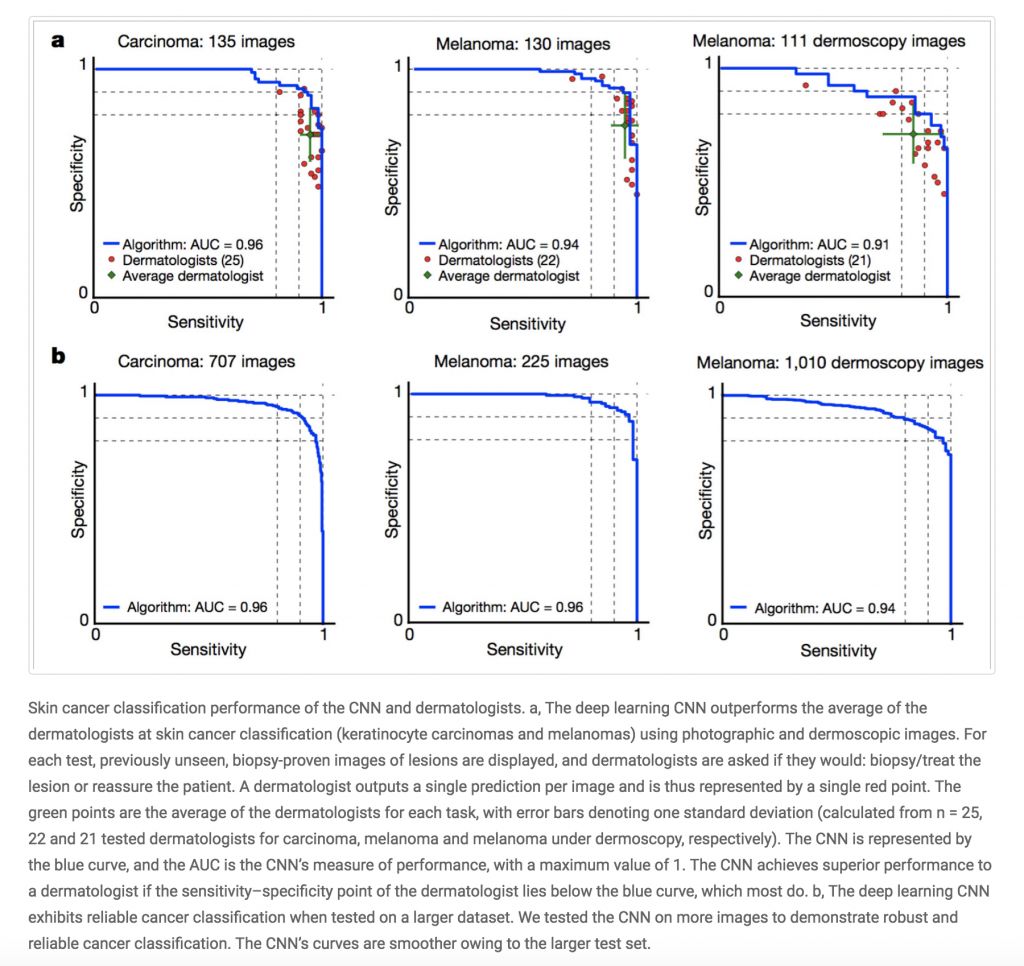
But this year was not without blunders. DeepMind’s deal with the NHS was full of “inexcusable” mistakes. The NIH released a chest x-ray dataset to the scientific community, but upon closer inspection it was found that it is not really suitable for training diagnostic AI models.
Applications: Art & GANs
Another application that started to gain more traction this year is generative modeling for images, music, sketches, and videos. The NIPS 2017 conference featured a Machine Learning for Creativity and Design workshop the first time this year.
Among the most popular applications was Google’s QuickDraw, which uses a neural network to recognize your doodles. Using the released dataset you may even teach machines to finish your drawings for you.
Generative Adversarial Networks (GANs), made significant progress this year. New models such as CycleGAN, DiscoGAN and StarGAN achieved impressive results in generating faces, for example. GANs traditionally have had difficulty generating realistic high-resolution images, but impressive results from pix2pixHD demonstrate that we’re on track to solving these. Will GANs become the new paintbrush?
Applications: Self-driving cars
The big players in the self-driving car space are ride-sharing apps Uber and Lyft, Alphabet’s Waymo, and Tesla. Uber started out the year with a few setbacks as their self-driving cars missed several red lights in San Francisco due to software error, not human error as had been reported previously. Later on, Uber shared details about its car visualization platform used internally. In December, Uber’s self driving car program hit 2 million miles.
In the meantime, Waymo’s self-driving cars got their first real riders in April, and later completely took out the human operators in Phoenix, Arizona. Waymo also published details about their testing and simulation technology.
A Waymo simulation showing improved vehicle navigation
Lyft announced that it is building its own autonomous driving hard- and software. Its first pilot in Boston is now underway. Tesla Autpilot hasn’t seen much of an update, but there’s a newcomer to the space: Apple. Tim Cook confirmed that Apple is working on software for self-driving cars, and researchers from Apple published a mapping-related paper on arXiv.
Deep Learning, Reproducibility, and Alchemy
Throughout the year, several researchers raised concerns about the reproducibility of academic paper results. Deep Learning models often rely on a huge number of hyperparameters which must to be optimized in order to achieve results that are good enough to publish. This optimization can become so expensive that only companies such as Google and Facebook can afford it. Researchers do not always release their code, forget to put important details into the finished paper, use slightly different evaluation procedures, or overfit to the dataset by repeatedly optimizing hyperparameters on the same splits. This makes reproducibility a big issue. In Reinforcement Learning That Matters, researchers showed that the same algorithms taken from different code bases achieve vastly different results with high variance:
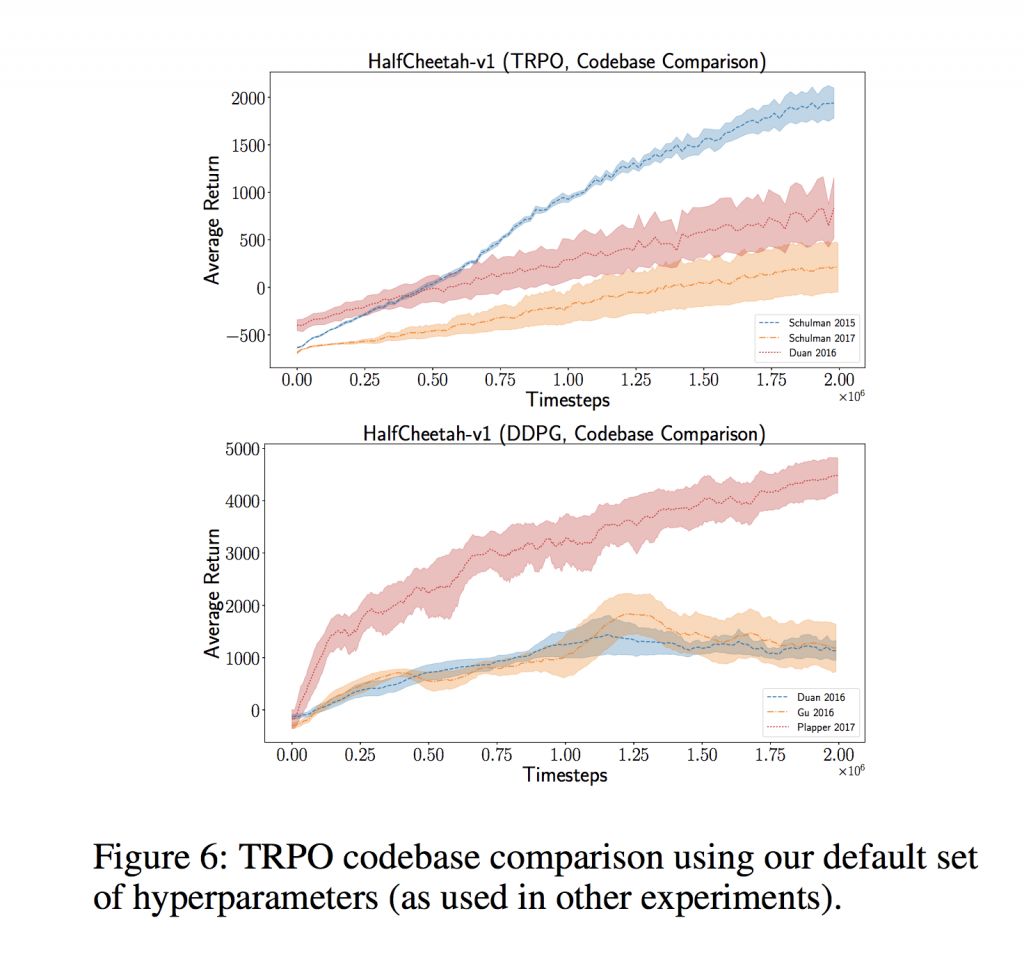 In Are GANs Created Equal? A Large-Scale Study, researchers showed that a well-tuned GAN using expensive hyperparameter search can beat more sophisticated approaches that claim to be superior. Similarly, in On the State of the Art of Evaluation in Neural Language Models, researchers showed that simple LSTM architectures, when properly regularized and tuned, can outperform more recent models.
In Are GANs Created Equal? A Large-Scale Study, researchers showed that a well-tuned GAN using expensive hyperparameter search can beat more sophisticated approaches that claim to be superior. Similarly, in On the State of the Art of Evaluation in Neural Language Models, researchers showed that simple LSTM architectures, when properly regularized and tuned, can outperform more recent models.
In a NIPS talk that resonated with many researchers, Ali Rahimi compared recent Deep Learning approaches to Alchemy and called for more rigorous experimental design. Yann LeCun took it as an insult and promptly respondedthe next day.
Artificial Intelligence made in Canada and China
With United States immigration policies tightening, it seems that companies are increasingly opening offices overseas, with Canada being a prime destination. Google opened a new office in Toronto, DeepMind opened a new office in Edmonton, Canada, and Facebook AI Research is expanding to Montreal as well.
China is another destination that is receiving a lot of attention. With a lot of capital, a large talent pool, and government data readily available, it is competing head to head with the United States in terms of AI developments and production deployments. Google also announced that it will soon open a new lab in Beijing.
Hardware Wars: Nvidia, Intel, Google, Tesla
Modern Deep Learning techniques famously require expensive GPUs to train state-of-the-art models. So far, NVIDIA has been the big winner. This year, it announced its new Titan V flagship GPU. It comes in gold color, by the way.
But competition is increasing. Google’s TPUs are now available on its cloud platform, Intel’s Nervana unveiled a new set of chips, and even Tesla admitted that it is working on its own AI hardware. Competition may also come from China, where hardware makers specializing in Bitcoin mining want to enter the Artificial Intelligence focused GPU space.
Hype and Failures
With great hype comes great responsibility. What the mainstream media reports almost never corresponds to what actually happened in a research lab or production system. IBM Watson is the poster-child over overhyped marketing and failed to deliver corresponding results. This year, everyone was hating on IBM Watson, which is not surprising after its repeated failures in healthcare.
The story capturing the most hype was probably Facebook’s “Researchers shut down AI that invented its own language”, which I won’t link to on purpose. It has already done enough damage and you can google it. Of course, the title couldn’t have been further from the truth. What happened was researchers stopping a standard experiment that did not seem to give good results.
But it’s not only the press that is guilty of hype. Researchers also overstepped boundaries with titles and abstracts that do not reflect the actual experiment results, such as in this natural language generation paper, or this Machine Learning for markets paper.
High-Profile Hires and Departures
Andrew Ng, the Coursera co-founder who is probably most famous for his Machine Learning MOOC, was in the news several times this year. Andrew left Baidu where he was leading the AI group in March, raised a new $150M fund, and announced a new startup, landing.ai, focused on the manufacturing industry. In other news, Gary Marcus stepped down as the director of Uber’s artificial intelligence lab, Facebook hired away Siri’s Natural Language Understanding Chief, and several prominent researchers left OpenAI to start a new robotics company.
The trend of Academia losing scientists to the industry also continued, with university labs complaining that they cannot compete with the salaries offered by the industry giants.
And finally, Happy New Year! Thanks for sticking with this post for so long ![]()
推荐阅读
Nature Communications论文解读:复杂的城市,简单的规则

集智QQ群|292641157
商务合作|zhangqian@swarma.org
投稿转载|wangting@swarma.org
◆ ◆ ◆
搜索公众号:集智俱乐部
加入“没有围墙的研究所”

让苹果砸得更猛烈些吧!
始发于微信公众号: 集智俱乐部

